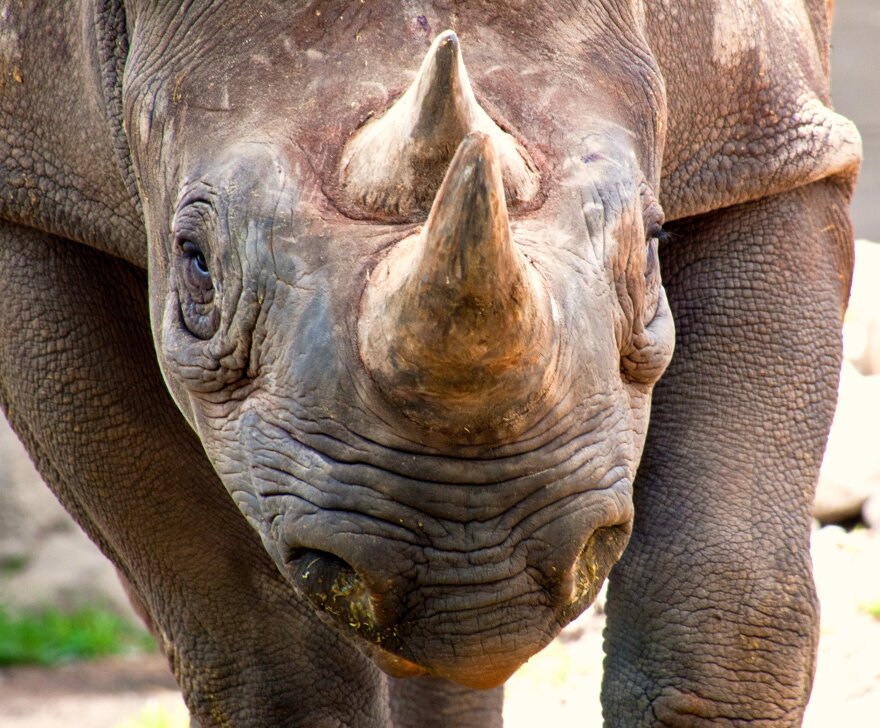When catastrophes happen, we tend to look at them as stunning events that shock the places they hit and the world at large. Think of the collapse of the housing bubble, or the massive outbreak of Ebola in West African nations. But writer Michele Wucker says that there are far fewer complete surprises that we might think, and in many cases, catastrophe is something that can be foreseen and acted upon before it happens.
Wucker’s latest book is designed to be a wake-up call of sorts. It’s called The Gray Rhino: How to Recognize and Act On the Obvious Dangers We Ignore. There's a long history of using animal imagery to reveal realities of human traits and tendencies, like the ostrich with its head in the sand, the three wise monkeys or the elephant in the room. And now, the gray rhino.
"I wanted to add to this menagerie because I felt we needed something active that didn't take for granted that we do nothing; that recognizes how hard it is to deal with the obvious things that are right in front of us despite their being so big and sometimes actually because they're so big," says Wucker.
She uses the image of the gray rhino to explain how people avoid dealing with the signs of major problems, until things have spiraled out of control. Wucker hopes the metaphor will allow people to hold leaders accountable when they avoid dealing with obvious issues, and procrastinate until it's too late.
"There's a real difference between the things that you really don't know how to solve, and the things that there are some pretty clear solutions for, also obstacles," she says. "I would say, when you know what to do, that's a pretty good thing to prioritize."






